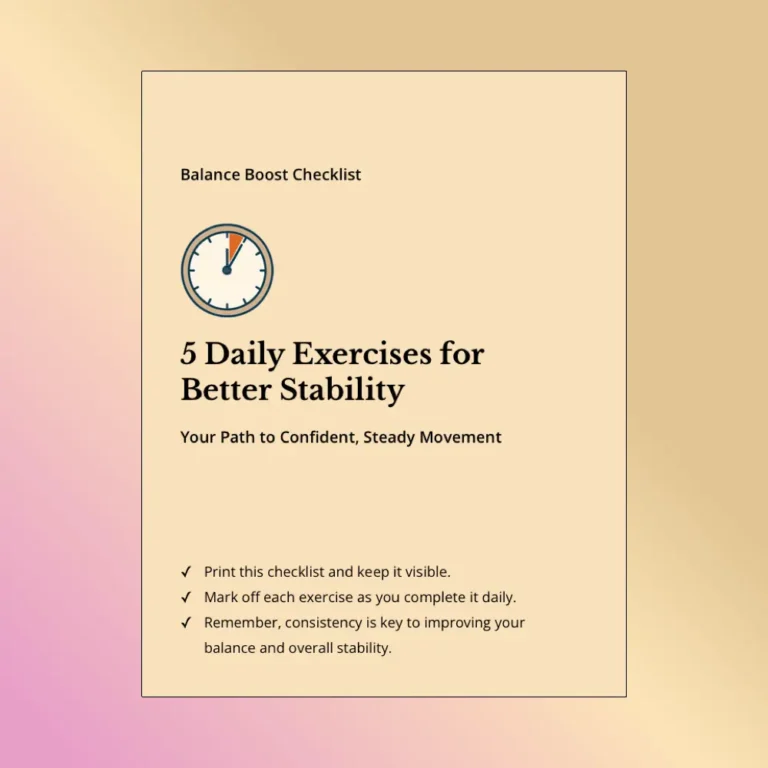
Highlights

Managing Parkinson’s disease, especially for elderly individuals, isn’t easy. But did you know that what you eat can make a real difference in how you feel? A well-planned diet doesn’t just help with symptoms of Parkinson’s disease; it can genuinely improve daily life. The best diet for Parkinson’s disease includes specific nutrients that support brain function and help manage symptoms. If you’re looking for clear answers on how food choices affect Parkinson’s management, this guide covers everything you need to know about nutrition specifically for seniors dealing with this condition.
Parkinson’s disease is a progressive neurological disorder that mainly affects movement. The telltale signs include tremor, stiffness, and slowness of movement. But it doesn’t stop there; many people also experience non-movement symptoms like anxiety, depression, and changes in thinking. For older adults, Parkinson’s can be particularly challenging because it often occurs alongside other age-related health conditions, making good management strategies necessary.
What you eat can significantly influence how you feel when living with Parkinson’s. Your food choices can affect dopamine production, a brain chemical that plays a huge role in controlling mood and movement. Beyond that, eating the right foods can help with common Parkinson-related issues like constipation and difficulty chewing and swallowing, which makes a big difference in day-to-day comfort and health. The role of diet in managing Parkinson’s disease is increasingly recognized by healthcare professionals as an important complement to medication.
Dopamine is key in managing Parkinson’s symptoms, and certain foods can help boost its levels. Here are some tasty options to add to your daily meals:
Antioxidants help protect brain cells from damage, which is especially important for people with Parkinson’s. Foods high in antioxidants may help slow the progression of the disease. Try adding these foods to your diet:
These omega-3 fats are crucial for brain health and can be found in:
A heart-healthy diet rich in brain nutrition can support overall health for persons living with Parkinson’s disease.
Many people with Parkinson’s struggle with swallowing, a condition called dysphagia. This common problem can lead to serious issues like choking, not getting enough nutrition, or becoming dehydrated. That’s why finding ways to make eating safer and easier is so important for those who live with Parkinson’s.
Here are some practical approaches to make eating easier and safer:
For people with Parkinson’s disease, the protein you eat can really affect how well certain medications work, especially levodopa. Eating protein-rich foods at the same time as taking Levodopa might interfere with the absorption of the medicine properly.
To get the most from your medication, consider these tips:
Understanding protein requirements for seniors is essential for maintaining proper nutrition while managing medication timing.
Constipation is something many people with Parkinson’s deal with regularly. It’s often made worse by medications and not moving around enough. Making diet changes can really help manage this uncomfortable problem.
To help avoid constipation, try including:
A diet full of fruits, vegetables, and adequate hydration supports gut health and can help people with PD manage this common symptom.
The Mediterranean diet has shown promising results for people with Parkinson’s disease. This eating pattern emphasizes:
Research suggests this Mediterranean diet may help reduce inflammation and oxidative stress, potentially slowing disease progression. A diet low in saturated fat and high in anti-inflammatory foods like those found in the Mediterranean diet may help people with Parkinson’s manage their symptoms better.
Incorporating anti-inflammatory foods can be particularly beneficial for managing Parkinson’s symptoms.
Certain foods may worsen symptoms or interfere with medication effectiveness:
People with Parkinson’s often need to avoid consuming these items, especially when taking levodopa, as they can interfere with the absorption of medication.
When planning your meals, it’s important to include a variety of nutrients. Here’s a simple way to structure your daily menu:
Use simple cooking methods that make food easier to digest and more flavorful:
While diet is crucial, other lifestyle changes can complement dietary efforts:
These lifestyle changes, combined with a healthy diet, can significantly improve the quality of life for people with Parkinson’s disease.
For more comprehensive information about managing Parkinson’s through lifestyle approaches, the Johns Hopkins guide on fighting Parkinson’s with exercise and diet provides valuable insights.
What is the best diet for Parkinson’s disease? A diet rich in antioxidants, omega-3 fatty acids, and dopamine-boosting nutrients is ideal for managing Parkinson’s symptoms. The Mediterranean diet has shown particular promise as a disease-diet that may help reduce inflammation and support brain health.
How should protein be timed with medication? To help your Parkinson’s medications work their best, try to eat protein at different times than when you take your medicine. Focus on including high-quality protein sources throughout your day, but avoid consuming protein when taking Levodopa.
How can I manage constipation through diet? Eat more fiber-rich foods like whole grains, fruits, and vegetables, and make sure you’re drinking enough water to help relieve constipation. A diet low in processed foods and high in natural fiber can help avoid constipation, a common issue for people with Parkinson’s disease.
What foods should I avoid with Parkinson’s? Foods to avoid include processed items high in preservatives, excessive dairy products, cured meats, and foods high in saturated fat. These may worsen symptoms or interfere with medication absorption.
A thoughtfully planned diet can make a real difference in the quality of life for older adults living with Parkinson’s. By focusing on foods rich in antioxidants, omega-3s, and dopamine-boosting nutrients, while also addressing common challenges like swallowing difficulties and constipation, both caregivers and patients can develop a nutrition plan that supports overall health and well-being.
The Parkinson’s Foundation recommends a balanced diet that’s rich in fruits, vegetables, whole grains, and lean proteins. Their complete Parkinson’s diet guide offers valuable diet tips for managing symptoms effectively.
Always talk with healthcare professionals for personalized dietary advice, and consider working these suggestions into daily routines to help manage Parkinson’s symptoms more effectively. While no diet can cure Parkinson’s disease, proper nutrition can significantly improve symptoms and potentially slow the progression of the disease.
For those who prefer visual learning, this video provides helpful information about nutrition strategies for Parkinson’s disease management:
Understanding Parkinson’s Diet. This video explains practical dietary approaches specifically designed for people managing Parkinson’s disease.
